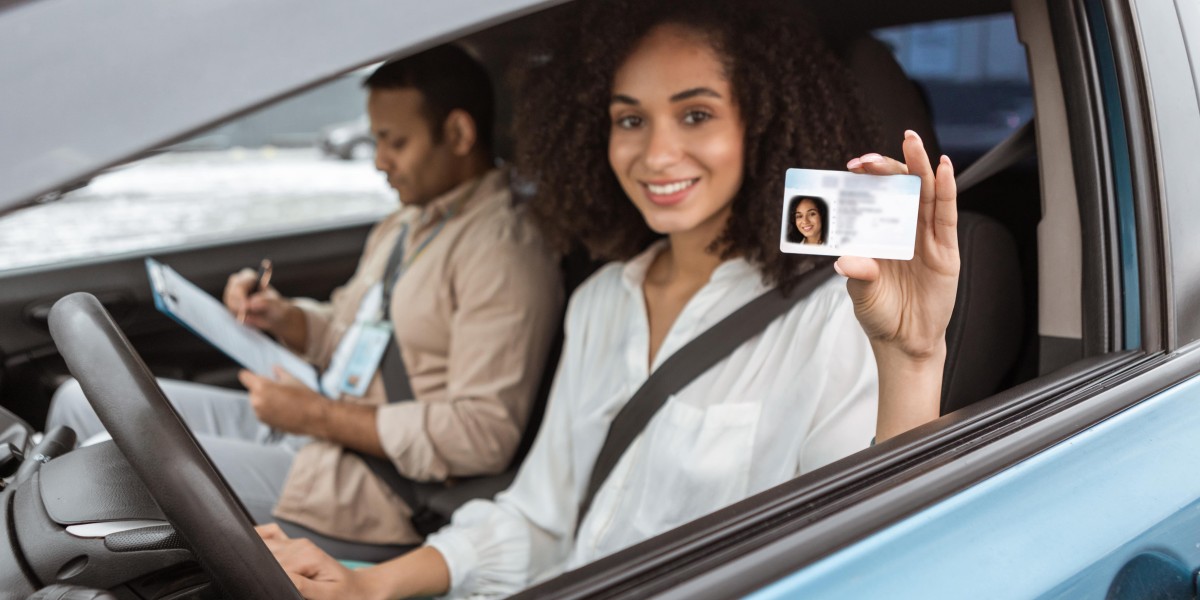Restaurant Delivery Robots: Transforming the Future of Food Service
As technology reshapes industries worldwide, the foodservice sector is undergoing a dramatic transformation. Among the most exciting innovations is the rise of restaurant delivery robots—autonomous machines designed to streamline food delivery, reduce costs, and enhance customer experience.
Let’s explore how these intelligent robots are revolutionizing the restaurant industry, and what their future holds.
What Are Restaurant Delivery Robots?
Restaurant delivery robots are autonomous or semi-autonomous machines built to transport food from the kitchen to customers, either within a restaurant premises or for last-mile delivery outside. Equipped with sensors, cameras, GPS, and AI navigation systems, these robots can move safely and efficiently in dynamic environments.
Types include:
Indoor Robots: Designed for delivering food inside restaurants, hotels, or campuses.
Outdoor Robots: Built for sidewalk or road delivery to customers’ homes or offices.
Hybrid Models: Capable of operating both indoors and outdoors.
Key Features and Technologies
Navigation & Mapping: Use LiDAR, ultrasonic sensors, and cameras combined with AI to detect obstacles and plot optimal routes.
Temperature-Controlled Compartments: Keep food hot or cold during transit to preserve quality.
Human-Robot Interaction Interfaces: Touchscreens, voice assistants, or mobile apps allow customers to track deliveries and provide feedback.
Safety Protocols: Emergency stop functions and obstacle avoidance ensure safe operation around humans and pets.
Connectivity: Integration with POS systems and delivery platforms for real-time order updates.
Benefits of Restaurant Delivery Robots
Efficiency & Speed
Robots can reduce wait times by autonomously handling routine delivery tasks, allowing staff to focus on food preparation and customer service.Cost Savings
By automating delivery, restaurants can lower labor costs, especially during peak hours or labor shortages.Contactless Delivery
Especially valuable during health crises, robots offer safe, hygienic delivery options that minimize human contact.Consistent Service
Robots provide reliable delivery performance, reducing human error or delays.Brand Innovation & Customer Engagement
Using cutting-edge robots enhances a brand’s modern image and attracts tech-savvy customers.
Real-World Applications and Success Stories
Indoor Deployment: Many casual dining chains and hotels use delivery robots to serve food and beverages directly to tables, improving dining flow.
Last-Mile Delivery: Cities worldwide have trialed sidewalk robots for home delivery, with companies like Starship Technologies and Nuro leading the charge.
Campus & Corporate Cafeterias: Autonomous delivery bots navigate campuses, providing food and package delivery services to students and employees.
Challenges and Considerations
Navigation in Crowded Environments: Complex layouts and heavy foot traffic require sophisticated AI and sensor fusion.
Regulatory & Safety Compliance: Laws around autonomous delivery robots vary by region and are evolving.
Battery Life and Range: Ensuring sufficient operational time without frequent charging.
Customer Acceptance: Some customers may initially be hesitant to interact with robots.
Integration with Existing Systems: Seamless syncing with kitchen and delivery management platforms is essential.
The Future of Restaurant Delivery Robots
The ongoing advancements in AI, machine learning, and robotics promise even smarter, more adaptable delivery robots. Future trends include:
Multi-Robot Coordination: Fleets of robots working together for large-scale delivery operations.
Enhanced Personalization: Robots adapting interactions based on customer preferences.
Expanded Use Cases: Robots handling additional tasks such as cleaning or inventory restocking.
Hybrid Human-Robot Models: Collaborative systems where humans and robots work side by side.
Conclusion
Restaurant delivery robots are not just futuristic concepts—they’re actively reshaping how foodservice businesses operate, making deliveries faster, safer, and more cost-effective. By embracing these technologies, restaurants can enhance customer satisfaction, optimize operations, and stay competitive in a rapidly evolving market.
The next time you order food, don’t be surprised if your meal arrives via a friendly, efficient robot—heralding a new era in dining convenience.








